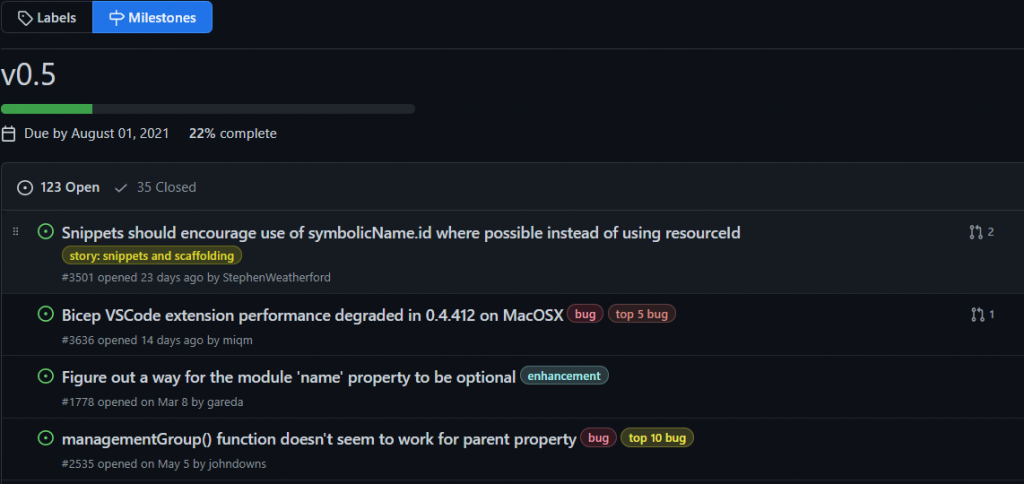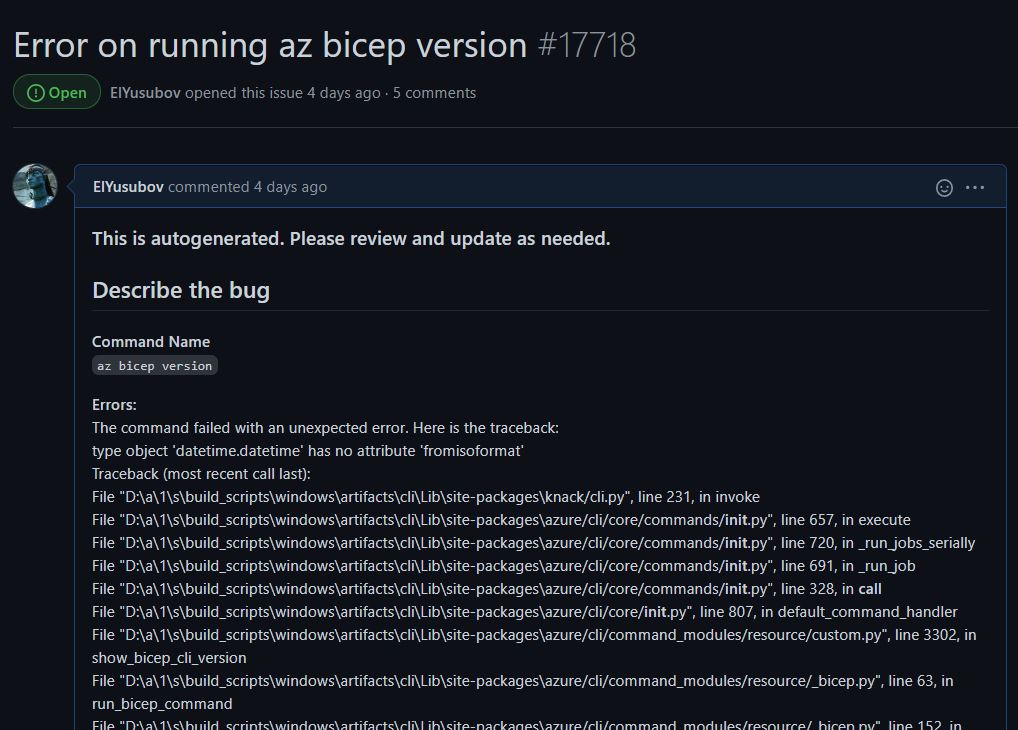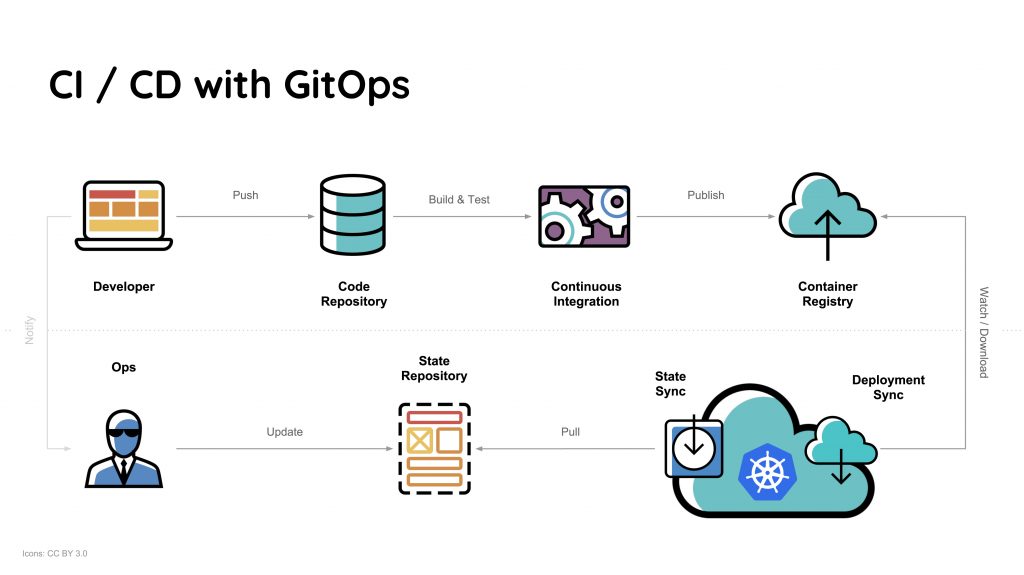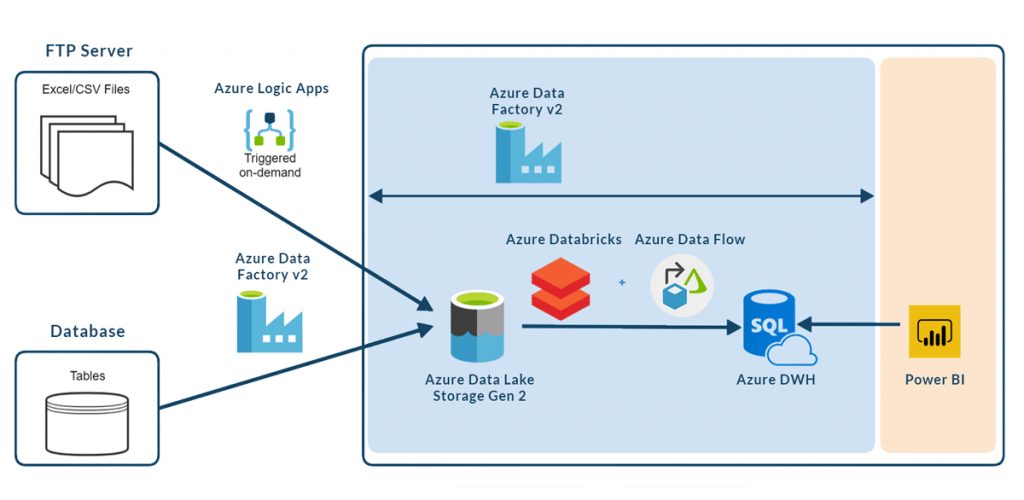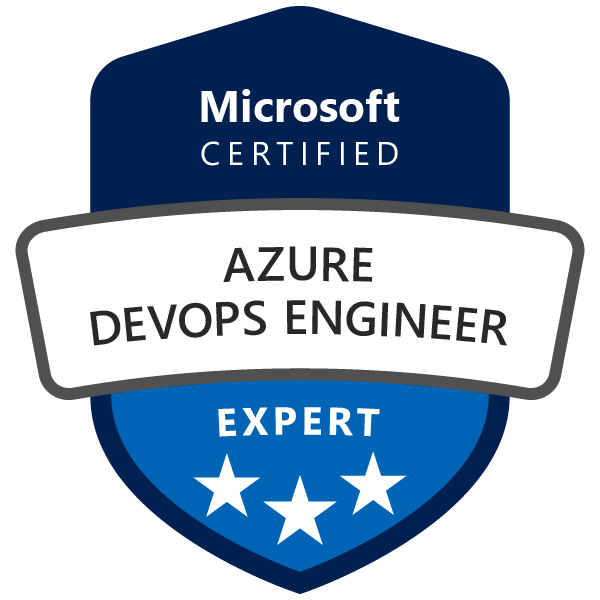Hi friends,
This month we have awesome updates from Azure bicep team that I am happy to share with all of you (Azure community, Deployment Automation, Resource management and Governance geeks 🙂
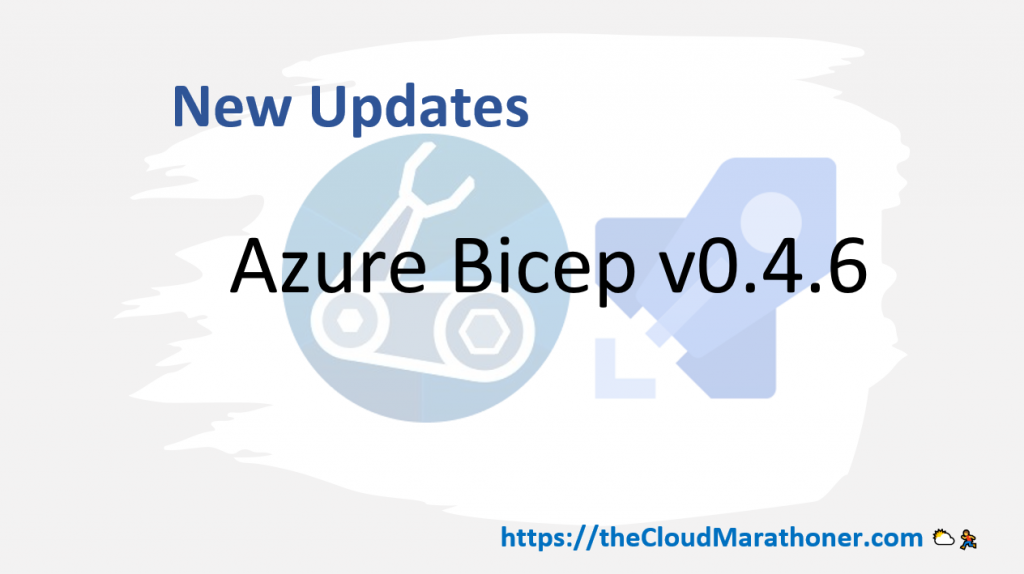
The following list are August month updates:
- Bicep Linter, Snippets, Scaffolding
- Right click build
- Deployment Stack updates
- Bicep roadmap plans (v0.5 and eventually v1.0)
- Bicep registry
- OCI Artifact standardizations
- Module registry functionality
- Module Reference Syntax
- Parameter Improvement options
Bicep Linter updates
The yellow squiggly lines indicate the Linter violations and complains where best practices are violated. Like, password param should not be checked into the code repository. Another one is using string concat function instead of string interpolation.

Right click build
The right click build on bicep file is a new convince feature that was also added on new build.
You can also use a shortcut keys Ctrl+Shift+B as an alternative way to build your JSON files from bicep files.

Scaffolding feature
This feature also arrived on a v0.4.6 build that provides required-properties to be auto populated to speed up your Azure resource coding. It is derived from a resources swagger spec and auto-populated for you. Yay!

New Code Snippets
You will love to discover that bunch of new snippets has been added.
Just type res- and you will scroll over all those starter boilplet code. Just imagine how much time you will be saving. It is Huge!!!

Bicep Roadmap annoncements
Well, Bicep team annonced that next build will bring the v0.5 and they do target v1.0 by th end of the year. What does it mean is – there will be no API level breaking changes starting from the version v1.0.

What is Next?
Keep tuned for upcoming v0.5 version. The Module registry updates and syntax updates on OCI Artifacts are going to be next Huge things, as they will add into the maturity of this AWESOME tool in Azure!
Check out for more @ GitHub – Azure/bicep: Bicep is a declarative language for describing and deploying Azure resources
Stay tuned for more Azure automation & Security related posts.
Fᴏʟʟᴏᴡ ᴍᴇ 🎯 ᴀɴᴅ become ᴀ #cloudmarathoner ⛅🏃♂️🏃♀️ – 𝐋𝐄𝐓’𝐒 𝐂𝐎𝐍𝐍𝐄𝐂𝐓 👍



